EcoFlow Delta 2 review: An easy choice
We may earn a commission if you make a purchase from the links on this page.

In a world where power outages aren't always predictable, products like the EcoFlow Delta 2 give you much-needed power and versatility. With its large capacity and multiple ports, this portable power station gives you independence and reliable power supply in any setting. We've spent about a month with this station, testing it extensively.
We have also reviewed the Bluetti EB3A and Bluetti AC70, so check those out if you’re looking for power on a budget.
Design, size, and first impressions
From the moment we first saw it, we were impressed with the Delta 2's elegant and simple yet sturdy design. It features two handles on either end, making it very convenient to carry around (though not for long). It has an LCD screen on one side, below which you get the two USB-C ports (100W max) and the four USB-A (12W max) sockets. On this side, you can also find the power button.
On the other side, you have four AC outlets (six on the US model) with a 1800W max output and a 2700W surge, two DC5521 ports with 12.6V output, and a standard 12V Cigarette Lighter socket. This one has a rubberized cap that protects it when it's not being used. We also have a cap protecting the recharge ports.
Speaking of which, you can recharge your station via wall charging. It supports 1200W max input with EcoFlow’s proprietary fast-charging technology, which the brand calls X-Stream. There's also an option to charge it with solar power (500W max) or with your car. You get the wall and car charging cables in the box, along with a DC5521 to DC5525 cable for connecting your Delta to devices with a DC5525 port (such as internet modems).
The 1024Wh station has a stackable capacity (2048Wh with EcoFlow Delta 2 or 3600Wh with Delta Max extra battery). You have a dedicated slot for connecting either of these batteries, and they can be purchased separately.
What about its size? Well, it's pretty much on par with other options with similar capacity. The station weighs 27 lbs (12 kg), so we wouldn't recommend carrying it for longer periods. Its dimensions are 15.7 x 8.3 x 11 in, or 400 x 211 x 281 mm.
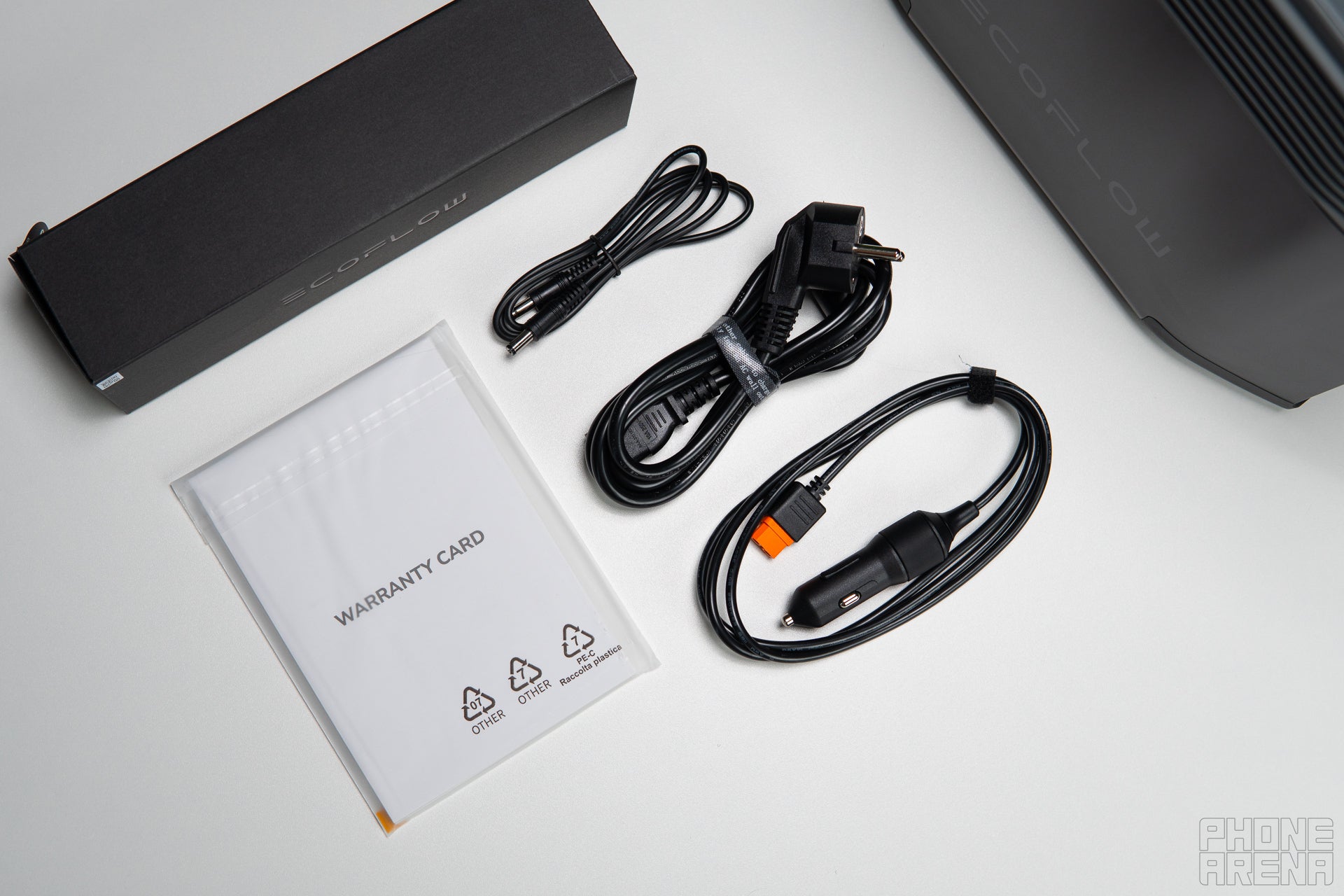
Real-life testing and app controls
The EcoFlow Delta 2 is simply exceptional. We know we should've probably told you more about its day-to-day performance before coming to that conclusion, but we just wanted to put it out there.
Throughout the testing period, we found no issues with charging or discharging the station whatsoever. We've used it on a variety of devices, including laptops, compact electric grills, coffee makers, TVs, mini-fridges, Android phones, and more. And let us tell you, it worked flawlessly, no matter what we put it through.
From what we've seen during the testing period, topping a 60W laptop takes about 10-12% of the battery capacity. In other words, the 1024Wh station is sufficient to charge a laptop about 9-10 times. You can also charge your smartphone roughly 14 times, each taking between 6% and 8% of the station's battery life.
We've used the USB-A ports primarily to charge headphones, which takes very little power. However, since the USB-A ports support 12W max output, we'd recommend steering clear of using these for devices with higher battery capacity, as it may take longer for them to recharge. By the way, charging smartwatches takes no more than 2% battery life, meaning you can top up accessories roughly 50 times.
With the AC outlets, things get interesting. As noted previously, the EU version sports four AC sockets with 1800W output, and you can also enable the X-Boost technology via the app, allowing you to start devices that need up to 2400W output to run.
We've rigorously tested the AC outlets, and the Delta 2 passed every test with flying colors. You can run vacuum cleaners (1kWh) for about an hour, power a 1.15kWh coffee maker for almost 50 minutes, watch TV (32-inch) for a solid 19 hours, or prepare a meal on your electric grill (~70 minutes of run time).
With more power-hungry appliances, you can expect the station's fan to run as soon as you connect the devices to its AC outlets. We know we heard it multiple times. However, the sound isn't obtrusive or annoyingly loud, and we'd say most users should easily get used to it. The fan also turns on while the station is plugged into the wall to recharge.
Controlling the Delta 2 with the app was smooth and convenient on our part as well. You get all the standard stuff via the app, such as monitoring output power, turning the USB, car, or AC ports on and off, checking out user manuals, updating the station's firmware, etc.
Besides those, you get a great deal of customizability, something we definitely appreciate. From rather unimpressive features like turning the Beep sound on and off to selecting precise AC and car charging speeds, the EcoFlow app's customization features are noteworthy. You can even set up different automation features, with a rich selection of options to choose from.
It's worth mentioning that while the station supports 1200W input for ultra-fast recharging in just 50 minutes, we've mostly preferred replenishing the battery at 500W. That promises optimized battery cell health. At 500W, the station takes about two hours to recharge completely.
Pricing, availability, alternatives
The EcoFlow Delta 2 retails for $999 (€999 in Europe), available at the EcoFlow official website and Amazon. While it may be rather costly at its standard price, you can often find discounts in the $350~$400 range. For more sustainability, you can also bundle it with solar panels.
Before making the final decision, though, you might want to consider some alternatives. One suitable choice is the Bluetti AC180, which we are currently testing (review upcoming).
The Bluetti option has a slightly higher 1152Wh capacity (same $999 list price) than the EcoFlow. It features 11 outlets, including four 1800W AC outlets (two on the EU model) with a 2,700W surge (like the Delta 2), one USB-C port, four USB-A ports, a 12V DC outlet, and a wireless charging pad. Similarly to EcoFlow's station, the Bluetti option supports 500W max solar input.
Another suitable choice is the Jackery Explorer 1000 v2. This station is more affordable than the EcoFlow option, costing $799. The solar generator has a 1,070Wh capacity and offers 1500W Pure Sine Wave AC output via three outlets. Aside from those, it packs two USB-C ports (100W max and 30W max), a single USB-A port, and a standard Cigarette Lighter outlet (12V DC).
The Anker SOLIX C1000 (standard price: $999) is another worthwhile alternative. This fella has a 1056Wh capacity, delivering 1800W output with a 2400W peak through its six AC outlets. You also have two USB-A ports and the same number of USB-Cs.
Like almost all portable power stations, it additionally packs a standard 12V DC car port. You can also use this one as a UPS. That means you can connect it to your uninterruptable power supply system for automated backup electric power during an unexpected power outage.
Should you buy the EcoFlow Delta 2?
It's quite easy to recommend the EcoFlow Delta 2. Our entire experience with it has been quite enjoyable, and we believe the average user will be more than happy to have it for home or outdoor use.
It feels sturdy and is quite easy to move around for short periods, thanks to the two handles on each end, and does everything it should with no hiccups. Couple that with the LiFePO4 battery pack, which has an estimated cycle life of 10 years (with daily use) before capacity drops to 80%, and you get a champion; no two ways around that.
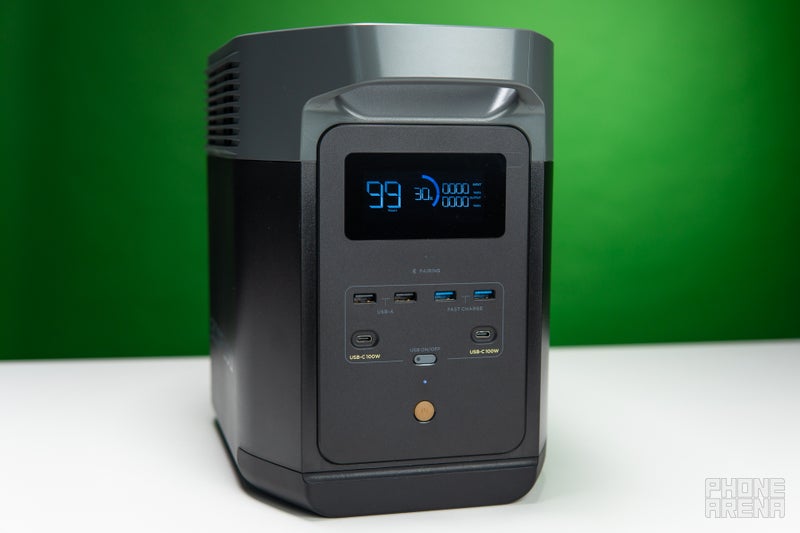
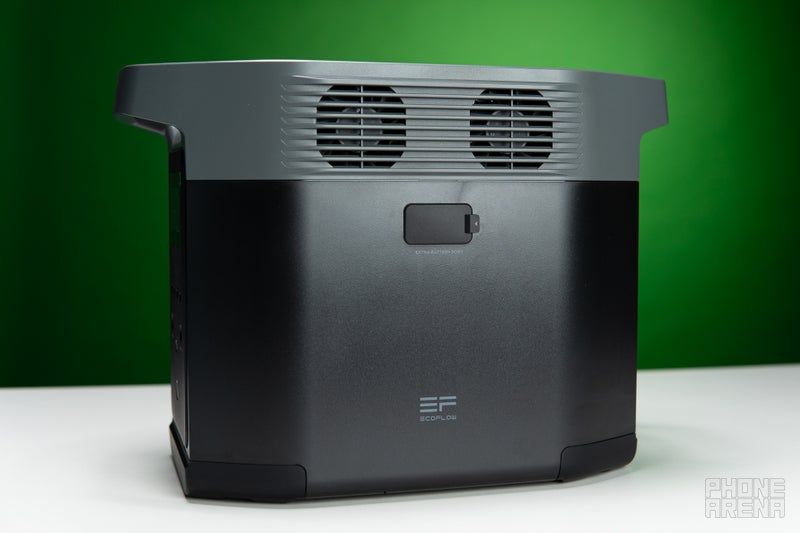

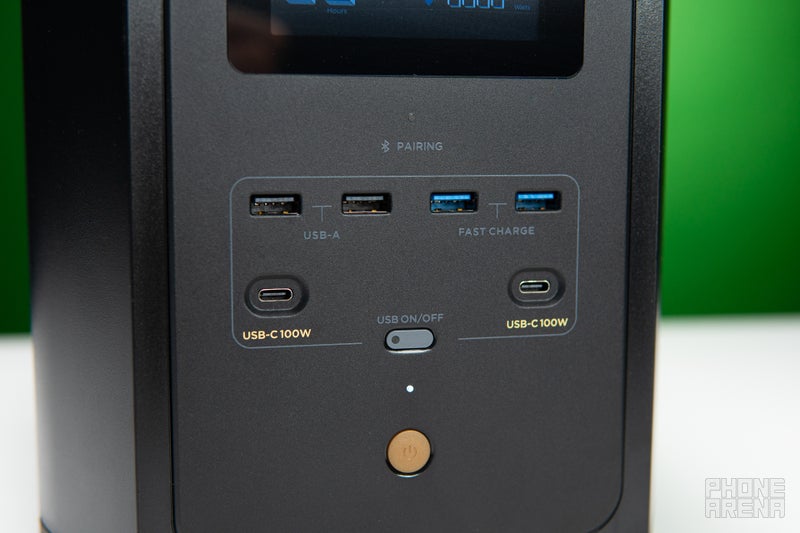
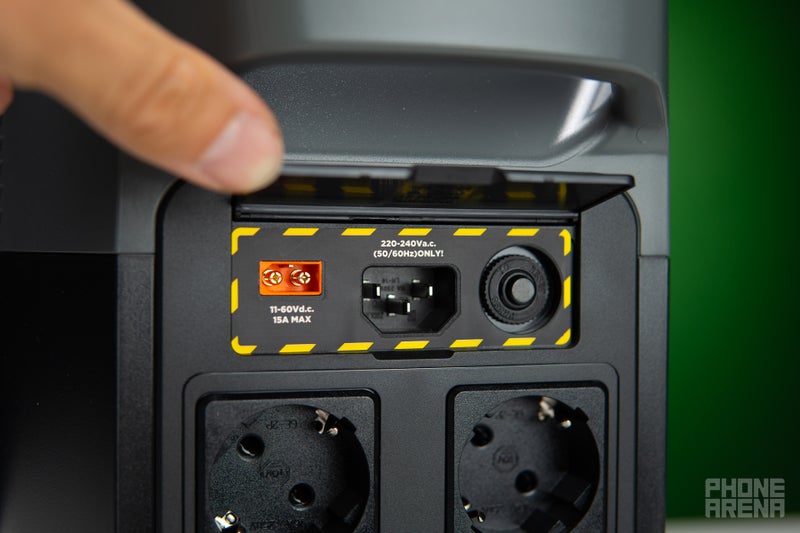



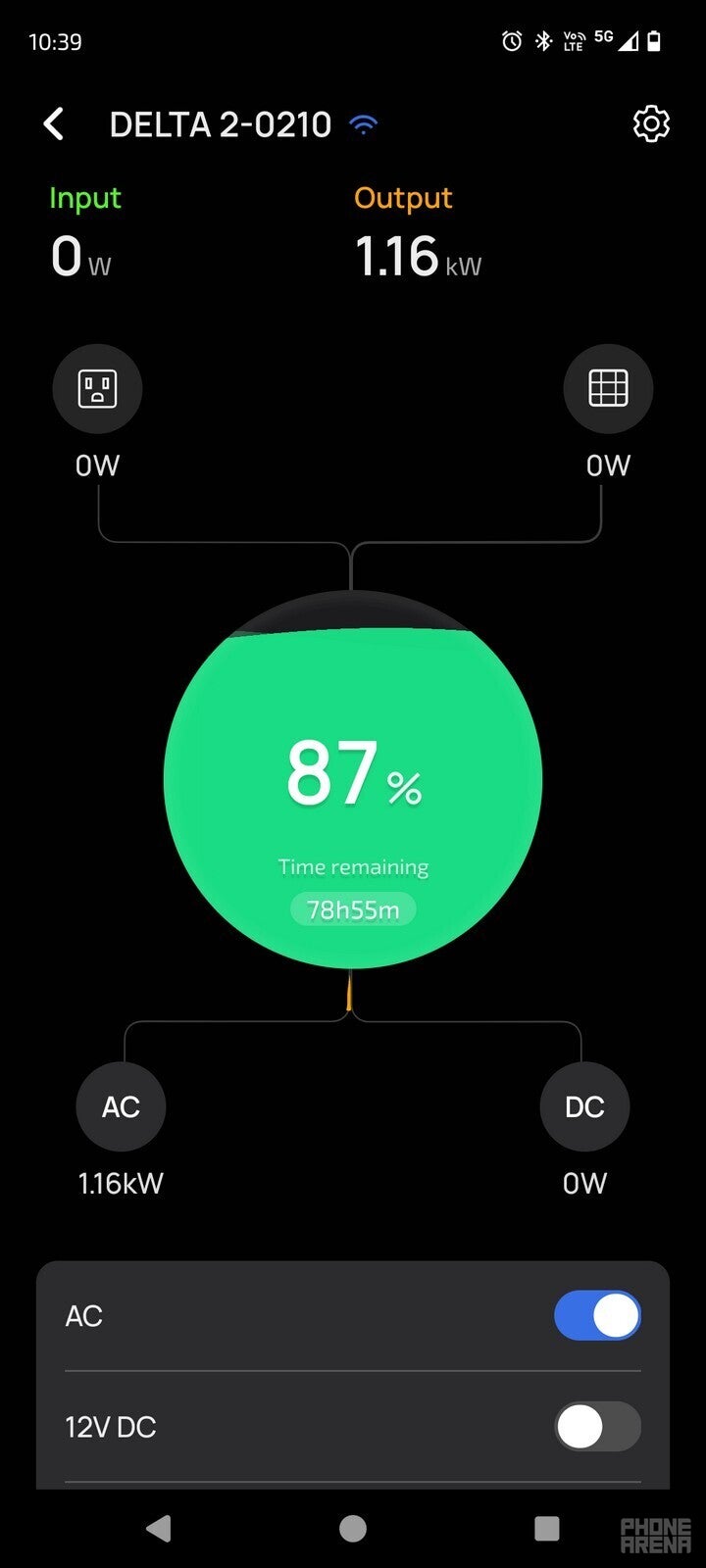
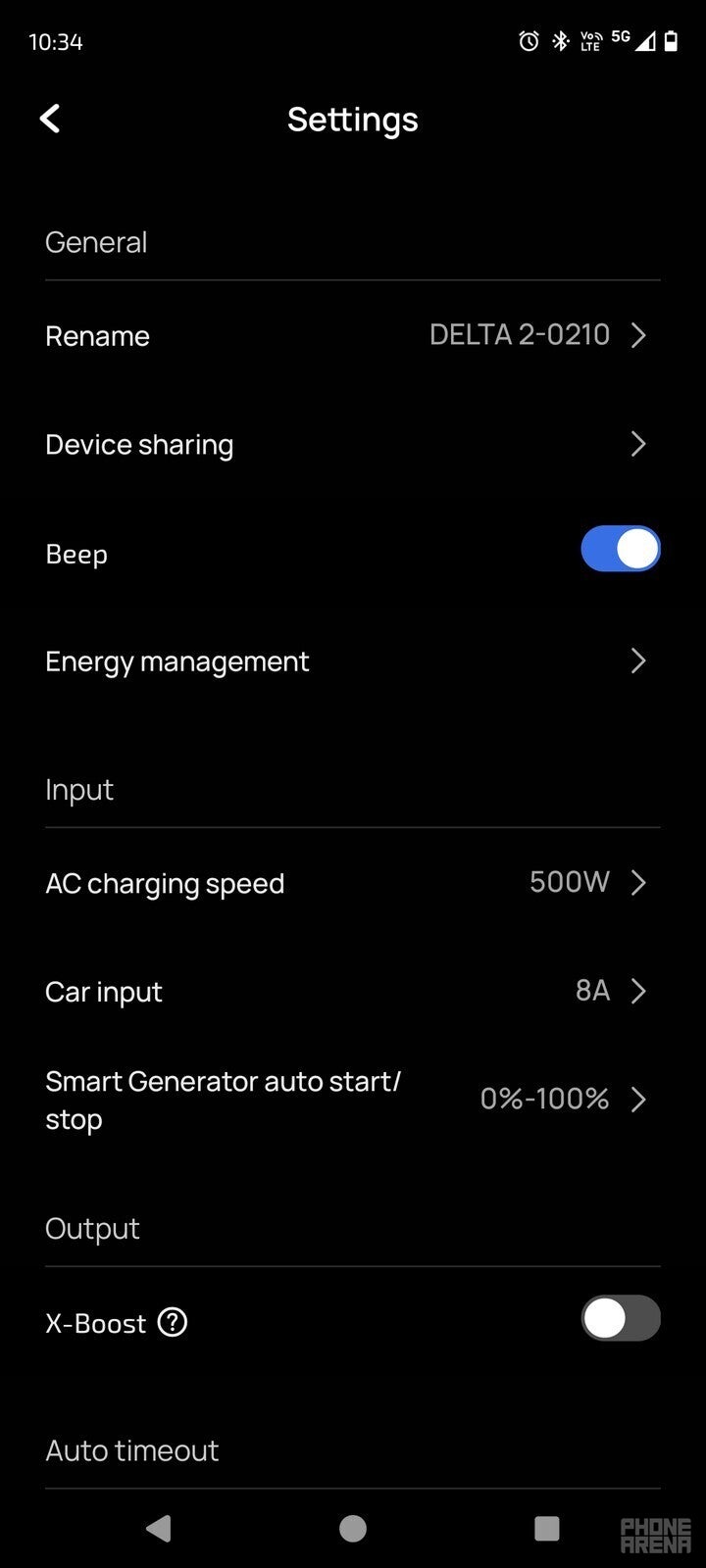
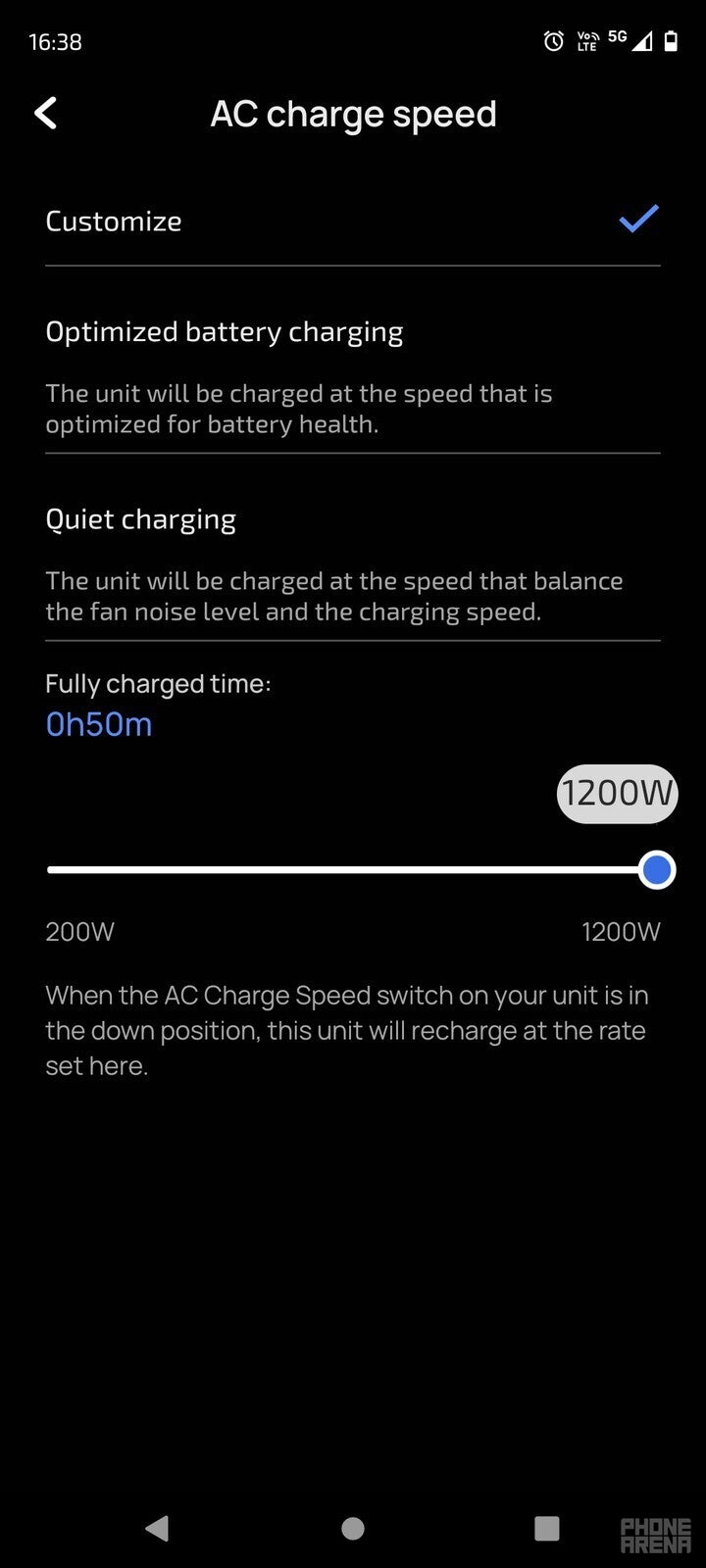
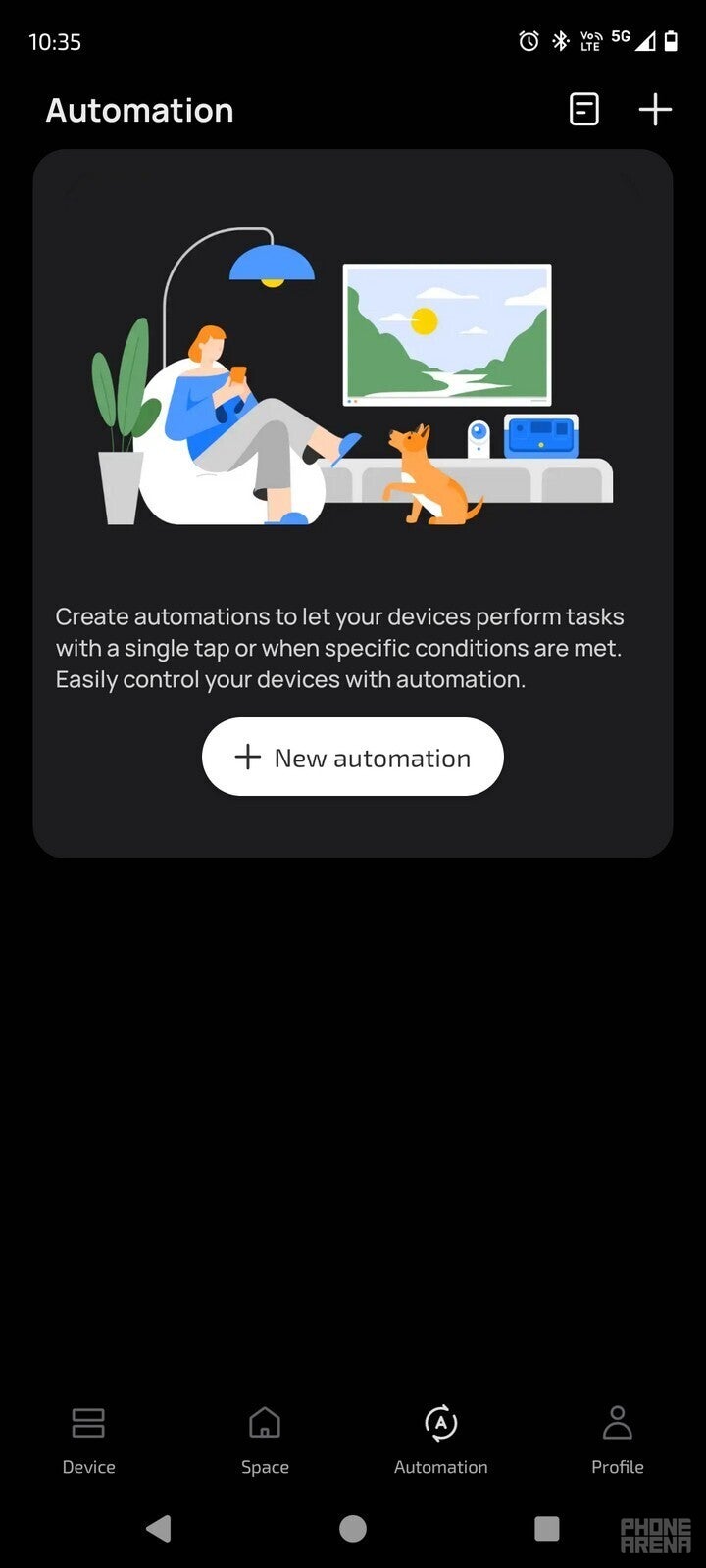
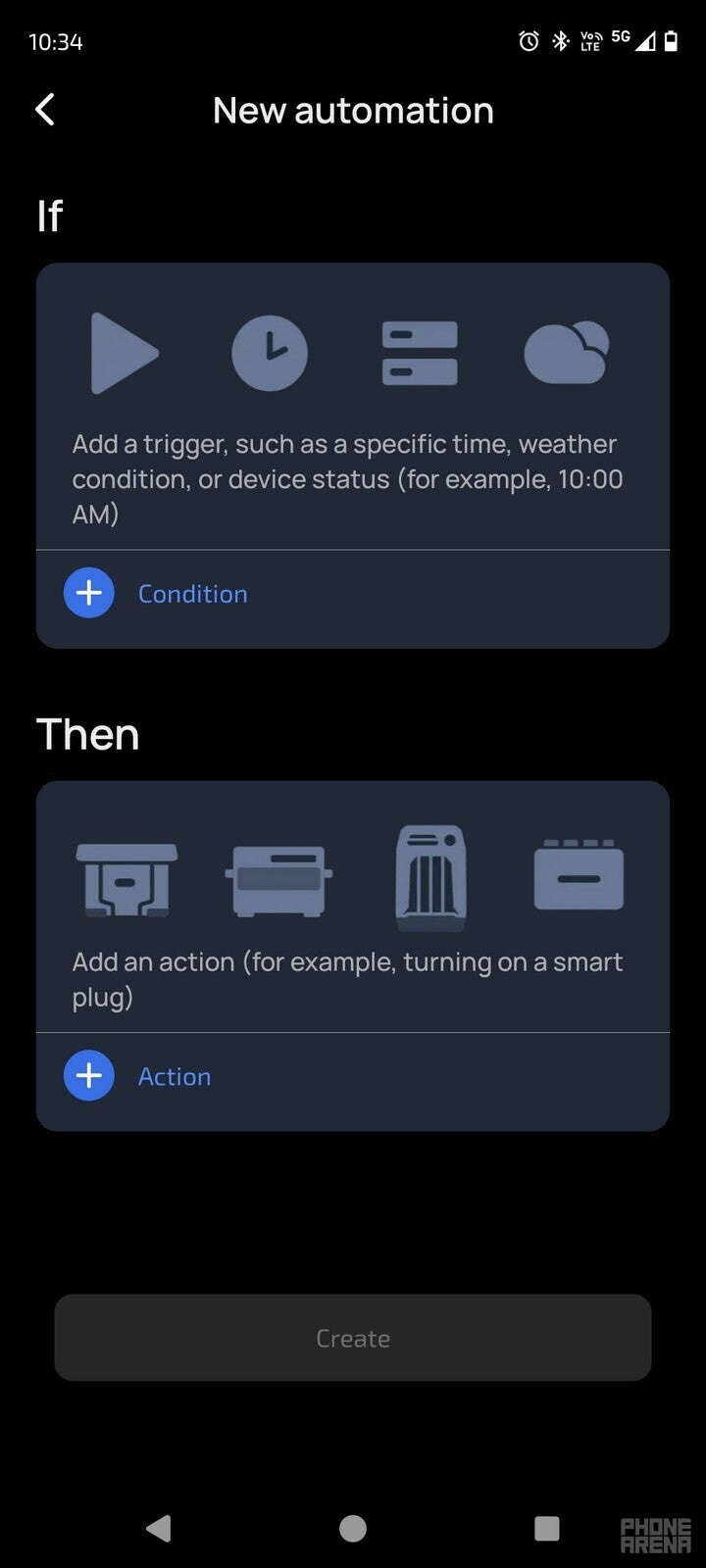
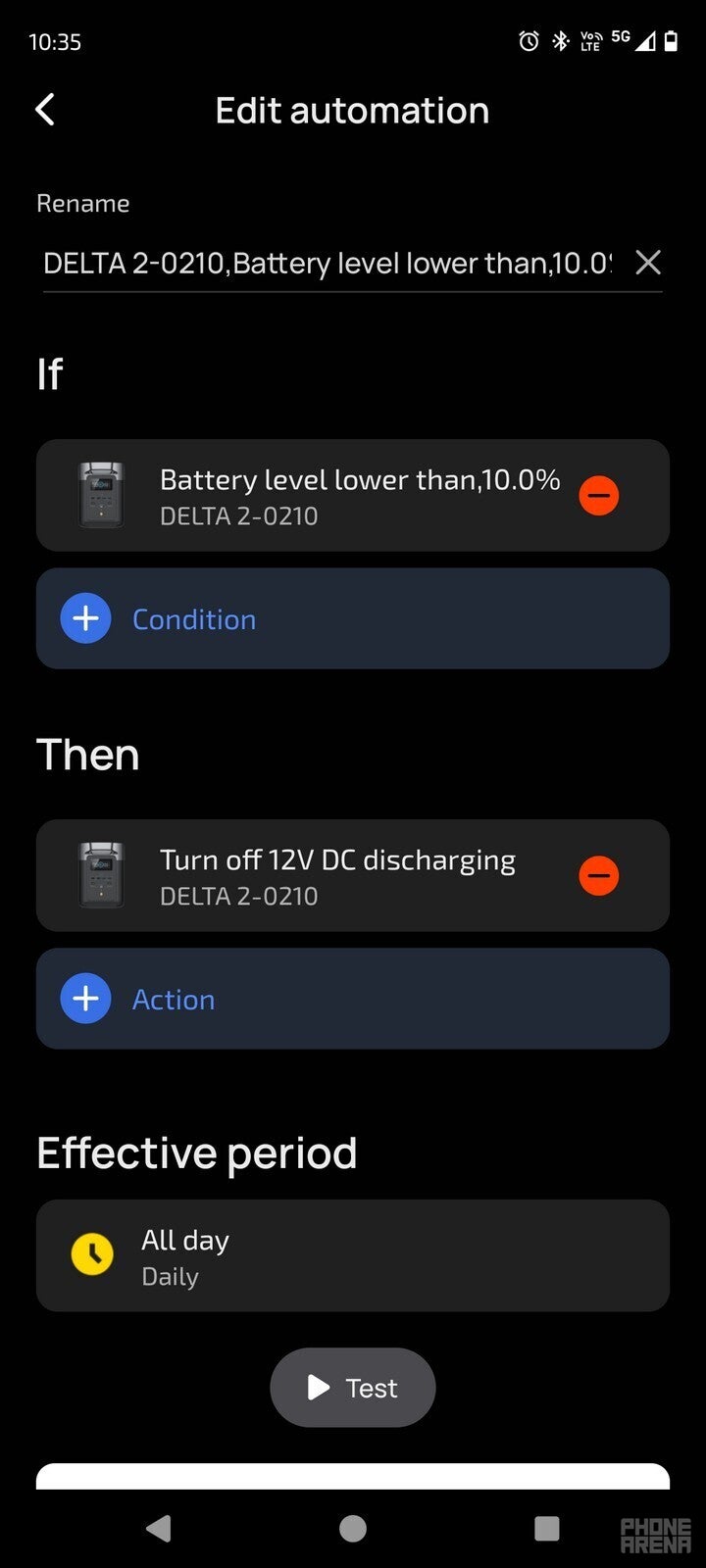













Things that are NOT allowed: